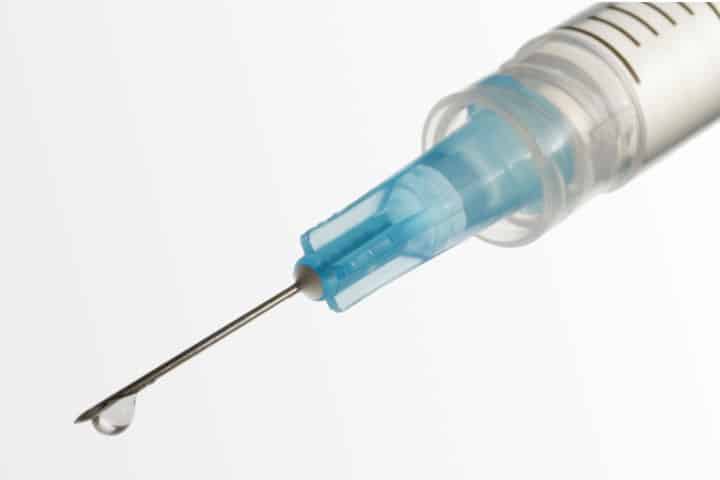
Female ovariohysterectomy is one of the most common surgical procedures in veterinary practice. It can be extremely painful and although systemic pain medication is routinely included as part of the peri-anaesthetic protocol, some cases still respond to surgical stimulation and may display signs of pain during recovery period.
The use of local anaesthetic techniques provides additional analgesia and reduces anaesthesia requirements so common anaesthetic side effects can be reduced. Local anaesthetic injection on the ovarian pedicle during surgery and infiltration of the abdominal wound are easy techniques to complete a thorough approach to multimodal analgesia in routine ovariohysterectomy.
Techniques for females
Splash block – intraperitoneal

- Worth?
Possibly - Indication?
Post-op pain relief - Expertise?
None/minimal experience required - Time to perform?
Less than a minute - Safety?
Yes but stick to clinical doses and aspirate before injecting - What drugs?
Although most of the studies have used bupivacaine, the use of ropivacaine, mepivacaine and lidocaine is also indicated and potentially effective too - Step by step:
- Perform towards the end of surgery prior to complete closure of the linea alba
- Gently lift the cranial edge of the incision with a spay hook
- A 20 gauge IV catheter can be used for instillation of local anaesthetic
- Instil whole volume of Local anaesthetic at the cranial portion of the incision and let it spread
- Finish closing linea alba, muscle layers, subcutaneous tissue and skin as normally
- Any of the local anaesthetics would be ok as long as correct use of maximum clinical doses. Ropivacaine or bupivacaine will have longer duration
Infiltration over ovarian pedicle and neck of the uterus

- Worth?
Maybe - Indication?
Intra-operative pain relief - Expertise?
None/minimal experience required - Time to perform?
5-10 minutes - Safety?
Yes but stick to clinical doses and aspirate before injecting - What drugs?
Although any local anaesthetic would be indicated, the fastest onset one lidocaine would be the most useful to see the benefits intraoperatively - Step by step:
- Once ovaries exposed, hold mesovarium without stretching it
- Use a 24G needle and 2ml syringe to infiltrate volume of local anaesthetic
- Aspirate before injecting
- Inject 0.2-0.5ml/kg of 2% lidocaine (depending of body weight and maximum clinical dose) in the mesovarium
- Wait 2-5 minutes
- Repeat injection of same lidocaine volume on the second mesovarium (calculate maximum clinical dose and divide the volume in between both ovaries)
- Wait 2-5 minutes
- Start ligation and excision of the first injected ovary
- Repeat the procedure with the second ovary

Case Advice or Arranging a Referral
If you are a veterinary professional and would like to discuss a case with one of our team, or require pre-referral advice about a patient, please call 01883 741449. Alternatively, to refer a case, please use the online referral form
About The Discipline
Anaesthesia

Need case advice or have any questions?
If you have any questions or would like advice on a case please call our dedicated vet line on 01883 741449 and ask to speak to one of our Anaesthesia team.
Advice is freely available, even if the case cannot be referred.
Anaesthesia and Analgesia Team
Our Anaesthesia and Analgesia Team offer a caring, multi-disciplinary approach to all medical and surgical conditions.